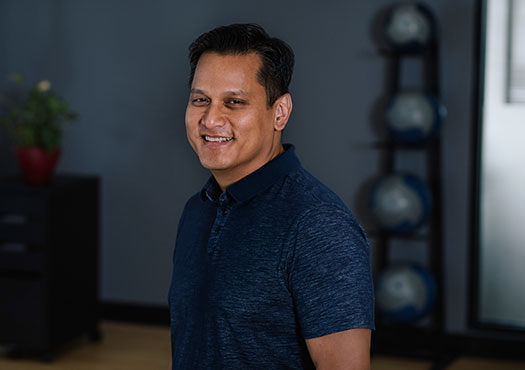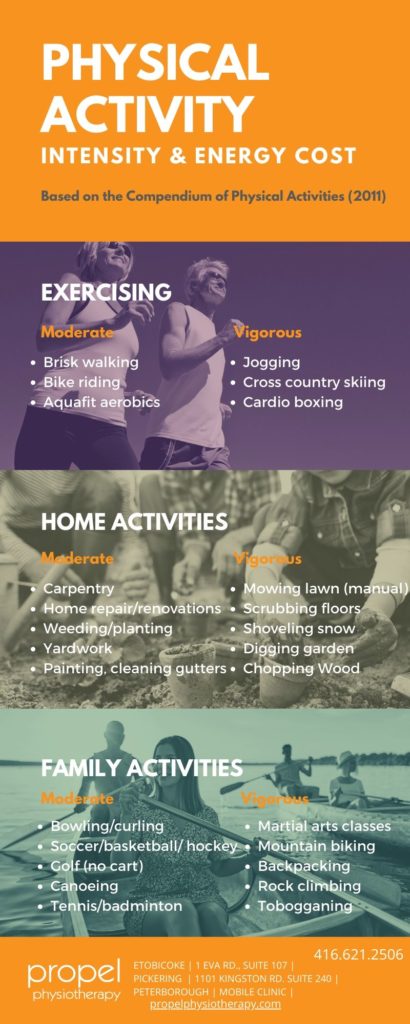The third Sunday in June marks the day to celebrate fathers for all that they do and mean to us. Whether your dad worked tirelessly to provide for your family, or you are the one grinding it out to raise your own, I see you dads out there and I salute you. We also salute those who are going to be fathers, were once fathers, and the father figures in our lives!
Originally coined in 2015 by then college student Mackenzie Pearson in internet media company known as The Odyssey, the Dad Bod has become a term of endearment to describe the physique of middle-aged fathers. On their special day of appreciation, is this the type of “father figure” that we should we be celebrating?
What is a Dad Bod?
According to the Urban Dictionary:
“Dad bod is a male body type that is best described as “softly round.” It’s built upon the theory that once a man has found a mate and fathered a child; he doesn’t need to worry about maintaining a sculpted physique…
The type of physique a man “earns” when the increasing pressures of work life, married life, and especially fatherhood no longer allow him the time or drive to maintain a hard, toned figure. “
Is the Dad Bod a Good or Bad Thing?
In a time where society is trying to overcome negative attitudes associated with self-consciousness about body image among women and men, terms like “Dad Bod” are a tongue in cheek approach to ease the male psyche.
Popular media (especially social media) have long portrayed unrealistic standards for physical fitness and attractiveness that are attainable only through extreme measures of diet, exercise, or surgical modification.
Recently, Yale professor and researcher in anthropology and evolution Richard Bribiescas posited in his book, How Men Age: What Evolution Reveals About Male Health and Mortality that, “… pudgy older fathers may live longer, be seen as more attractive, and may be better at passing on their genes than younger, slimmer men…. there is evidence that these men are less likely to suffer from heart attacks and prostate cancer…”
While this may be seen as science legitimizing the Dad Bod, it is also important to note that the same professor goes on to say that men have a considerable weakness in that they simply do not take care of themselves. And this can have a significant negative impact on the pace at which men age.
Embracing our bodies in any size or shape has positive effects on our mental health. However, this does not give us permission to intentionally neglect our physical health. Truly accepting your body means respecting it and giving it what it needs to function and thrive.
As a registered kinesiologist, it is my job to help people move better. I work with clients towards achieving their goals such as recovering from injury, reducing pain, losing weight, managing chronic conditions, training for sport, returning to work, and even improving their physical appearance.
First and foremost, regardless of the objective, I stress a disciplined, evidence-based approach that focuses on establishing and sustaining a foundation of health and behaviour from which my client can then effectively pursue their goals. While I’m a fitness professional, and in my 50’s, I will confess that my days of chiseled pecs and six-pack abs are in my rearview mirror. However, I can embrace that because I do work on making sure what’s on the inside is as fit as it can be.
When is Round is Too Round?
So, how round is too round? Being overweight puts you at increased risk of a heart attack, stroke, and type-2 diabetes. The Canadian Heart and Stroke Foundation states that “where you carry your weight is just as important as how much you weigh when it comes to your health”. Waist circumference is a strong predictor for risk of poor health outcomes. For males, more than 102 cm (40 inches) around the waist substantially increases this risk.
Other risk factors such as ethnicity, medical history, family history and individual risk factors (e.g., smoking, poor diet) can further affect your risk. For example, males of Chinese or South Asian descent substantially increase their risk if their waist circumference exceeds 94 cm (37 inches).
Contrary to popular belief, waist circumference is not your pant size. It is closer to the level of your belly button. Visit the Canadian Heart and Stroke foundation website to see how to take a proper waist measurement.
Building a Strong Foundation for Fitness and Health
As a father of two busy active children, I can attest to how a parent’s health and fitness needs can take a back seat to meeting the demands of homework assignments, dance lessons, basketball tournaments, piano recitals, and/or work commitments! The most common barriers to success are time and motivation.
Finding time to get to the gym or squeeze in a home workout is difficult, especially when you’ve used up much of your energy doing all the dad stuff and managing life. Even if your outer appearance does not necessarily reflect it, there are some simple steps for those with dad bods to build a strong foundation for fitness and health.
First, understand how much exercise you need. It’s not as much as you think. The Canadian Society for Exercise Physiology has published physical activity guidelines for adults (18-64 years old) to achieve health benefits. The guidelines call for 150 minutes of moderate- to vigorous-intensity aerobic physical activity in bouts of 10 minutes or more. This should be supplemented by at least 2 muscle and bone strengthening sessions that use major muscle groups. This translates into 20-30 minutes every day.
Second, find the time to make the time to help fit exercise into your daily routine. For busy parents who have not exercised regularly before, even half an hour might seem challenging to accommodate. Exercise doesn’t necessarily need to be a visit to the gym. The key to success is finding ways to fit fitness and activity into your normal routine. There can be a surprising number of idle gaps in your schedule that are opportunities to get moving.
For example, are you one of those parents who is a spectator at your kids’ practices or lessons? Rather than using that time to catch up on work, talk on the phone, or even chew the fat with other dads, take a 20-minute brisk walk, or do some squats and lunges like in this exercise program developed by exercise physiologist Shriya Maharaj.
Complete 3-4 rounds of the workout with minimal rest between rounds.
- Squats OR squat jumps (videos provided for both) – 45 seconds
- Push Ups – 45 seconds
- Reverse lunges OR forward/back lunges (videos provided for both) – 60 seconds OR 30 seconds per side
- Tricep Dips – 30 seconds
- Mountain Climbers – 30 seconds
- Plank hold OR Plank with arm raise – 60 seconds
The exercise with two versions provided indicates a lower intensity vs higher intensity option. The time intervals/rounds are a suggestion, if you don’t already have guidelines for the workout.
Many activities that parents engage in with their families or at home can count towards their physical activity targets. The Compendium of Physical Activities (2011) shows the relative metabolic cost involved when participating in a variety of activities including exercise, sports, home tasks, family activities, etc. The following table shows activities that are of relatively equivalent intensity and calorie expenditure based on the compendium. It is a valuable tool in figuring out how to find physical activities that best fit into your schedule.
Exercise Therapists Create Customized Programs That Fit Your Lifestyle
At Propel Physiotherapy, our knowledgeable and experienced exercise therapists can help you design and implement a program that fits your needs. Our kinesiologists and exercise therapists will help you to achieve your goals, and to optimize your quality of life.
There will always be people who will judge a book by its cover. I like to tell those people that I have a six-pack (I really don’t), it’s just in a cooler. So, for all you fathers out there, whatever your body looks like, just make sure that you show yourself the love and respect you deserve. Long live the Fit Dad Bod!










